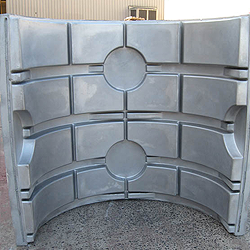
Scope and Functions of a Rotomould in Non-Ferrous Metal Casting
If a castings buyer has been seduced by a particular fabrication process, there’s a good chance he’s looking at a product shaped by a rotomould cycle. Short for rotational moulding,

If a castings buyer has been seduced by a particular fabrication process, there’s a good chance he’s looking at a product shaped by a rotomould cycle. Short for rotational moulding,
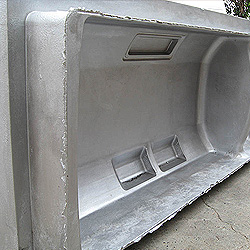
Every stage of a non-ferrous casting process can be viewed as a worthy property manipulator. Time is a major contributor to final hardness values, with shoddy pour rate management causing
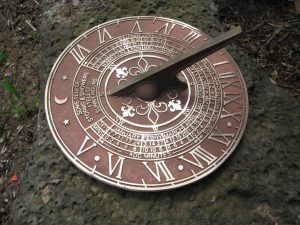
In discussing casting technology, we’ve seen the mould described as a negative, a physically inverted version of the cast component. This precisely engineered cavity fills with molten metal and holds
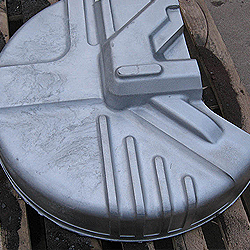
Conventional vacuum casting techniques employ state-of-the-art processing environments when manufacturing structurally sound components. The castings are high in mechanical strength, geometrically complex, and cost effective to bulk produce. Vacuum moulding
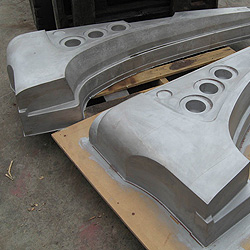
Artistry and technique have been and continue to be the bookending disciplines that rule non-ferrous metal castings. Artistry is discernible in the brass and bronze castings that are used in
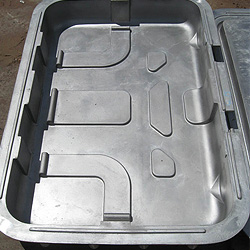
In working with the finest non-ferrous metals, the guesswork is taken out of the engineering process by adopting specialized casting techniques, methodologies that deliver competitively priced copper and aluminium components
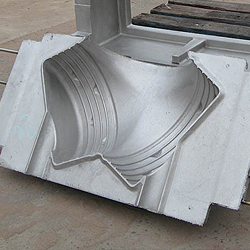
Aluminium is a versatile metal, one that exhibits a lightweight profile. Used as a key material in many industries, the low weight of the material is a handy attribute but
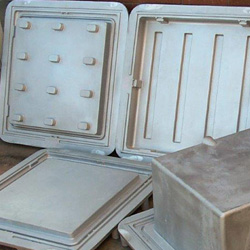
During the first half of the last century, metallurgical science highlighted all things tough, the durability and rigidity of structural alloys. Aluminium casting leverages dramatically contrasting properties. Still known for
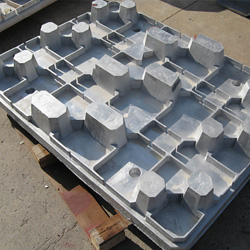
Modern moulding disciplines leave mud pits and hot coals in the dust. The resulting castings still employ sand and clay, plaster and ceramic, to create finely detailed metal parts, but
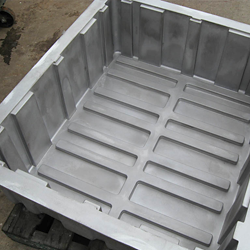
All through prehistory, we’ve told tales of Vulcan and Hephaestus, the Gods of the volcanoes and the foundry. They were the mythological figures that caused the thunder to crack because